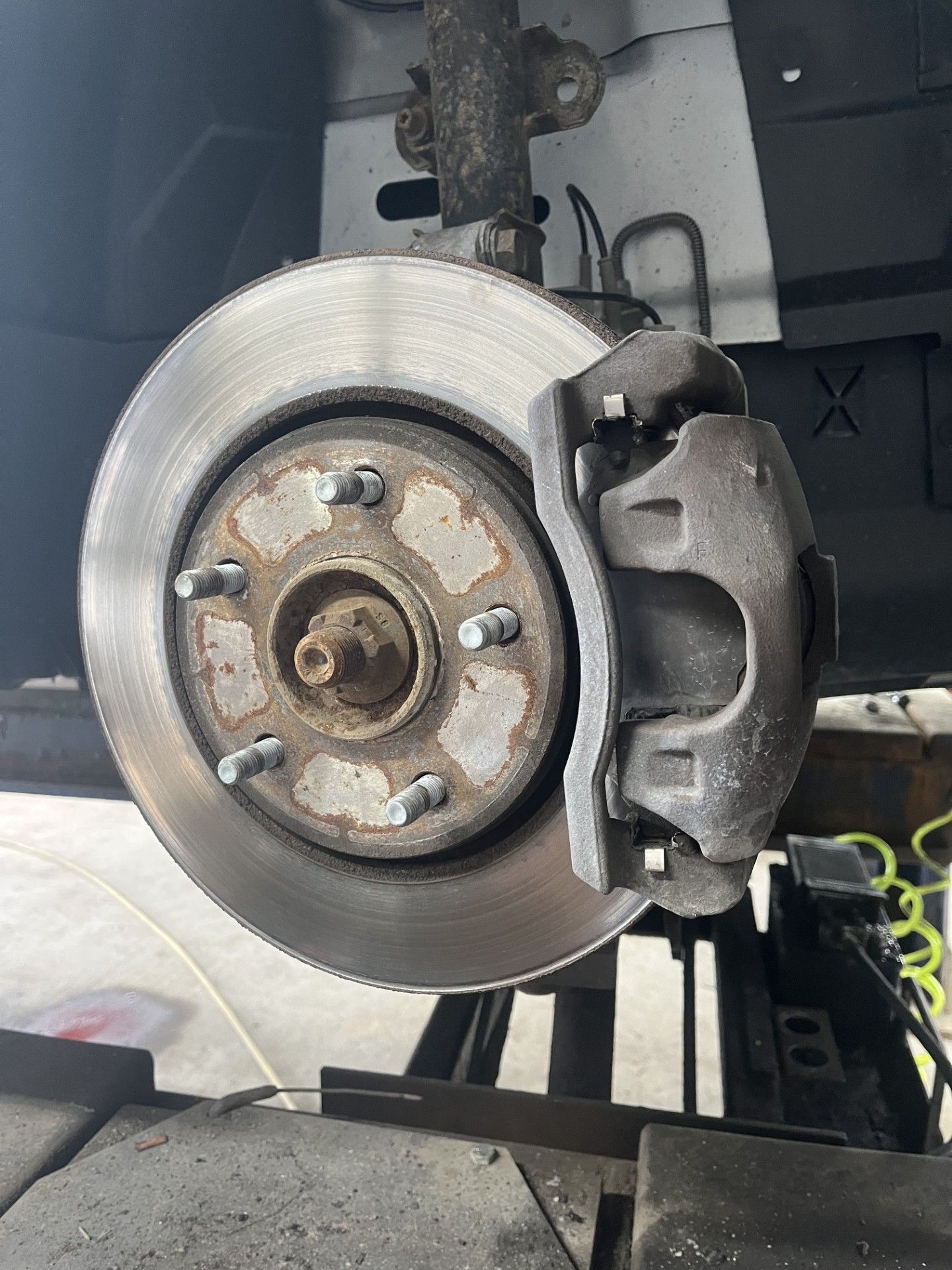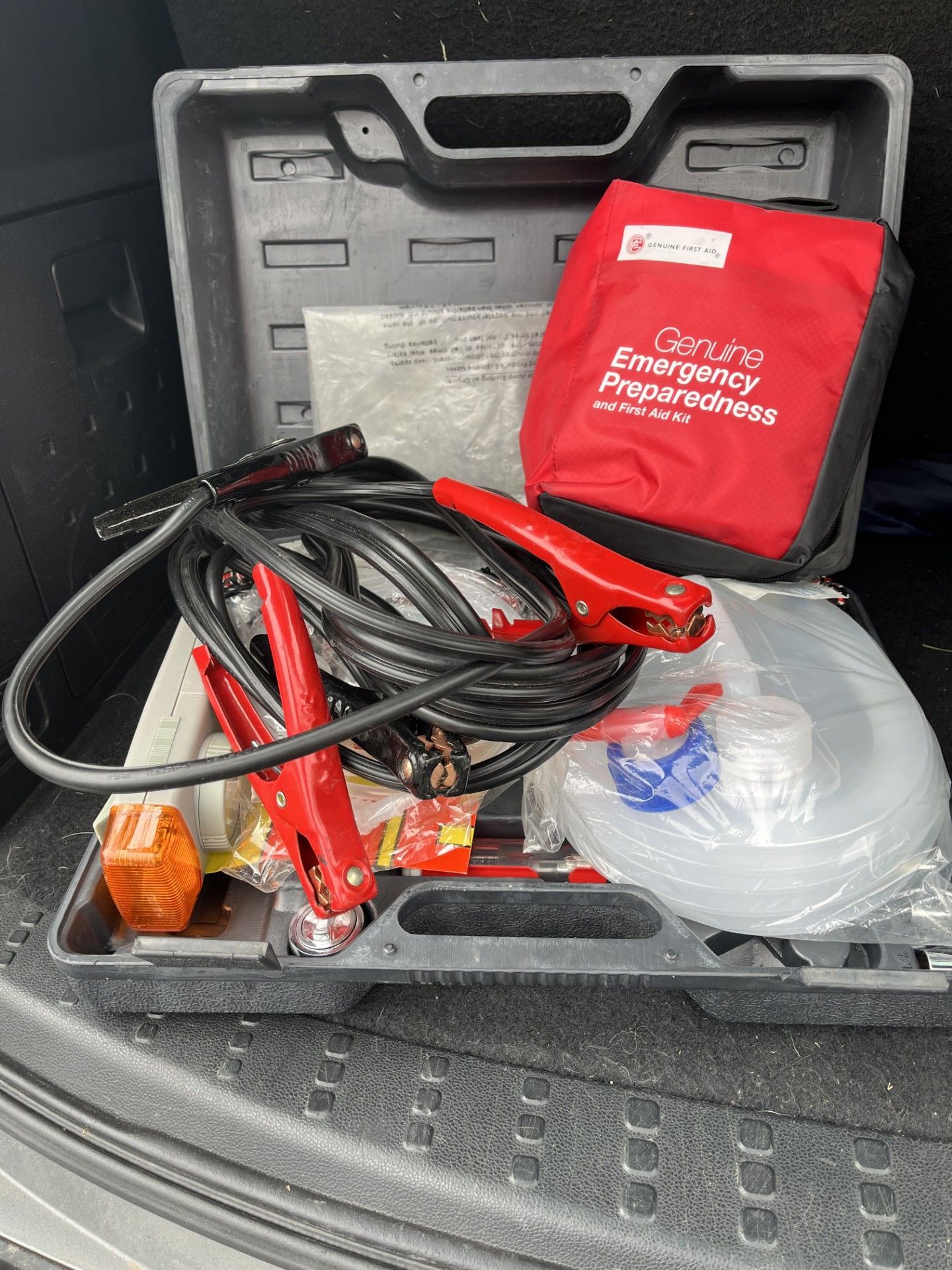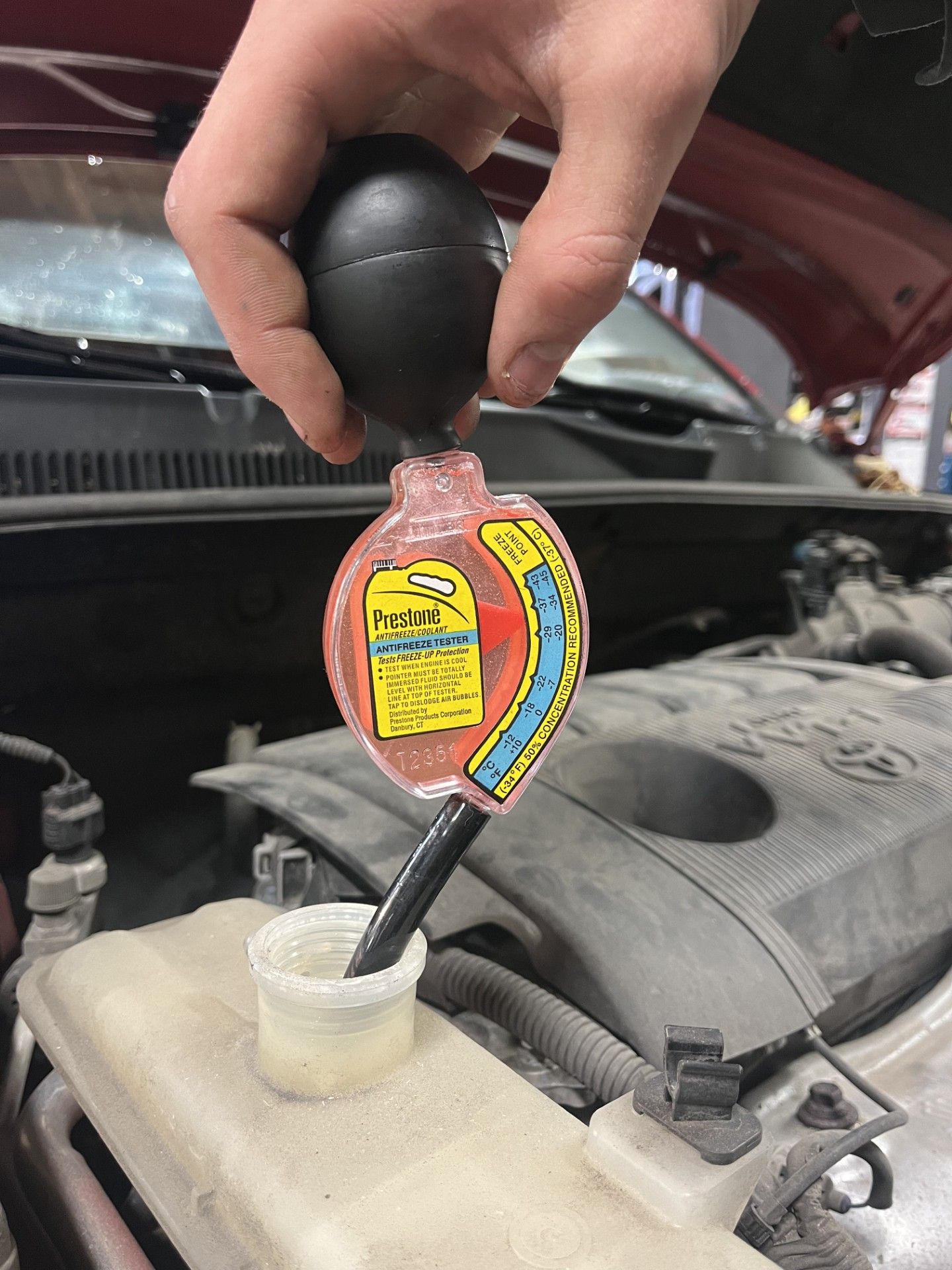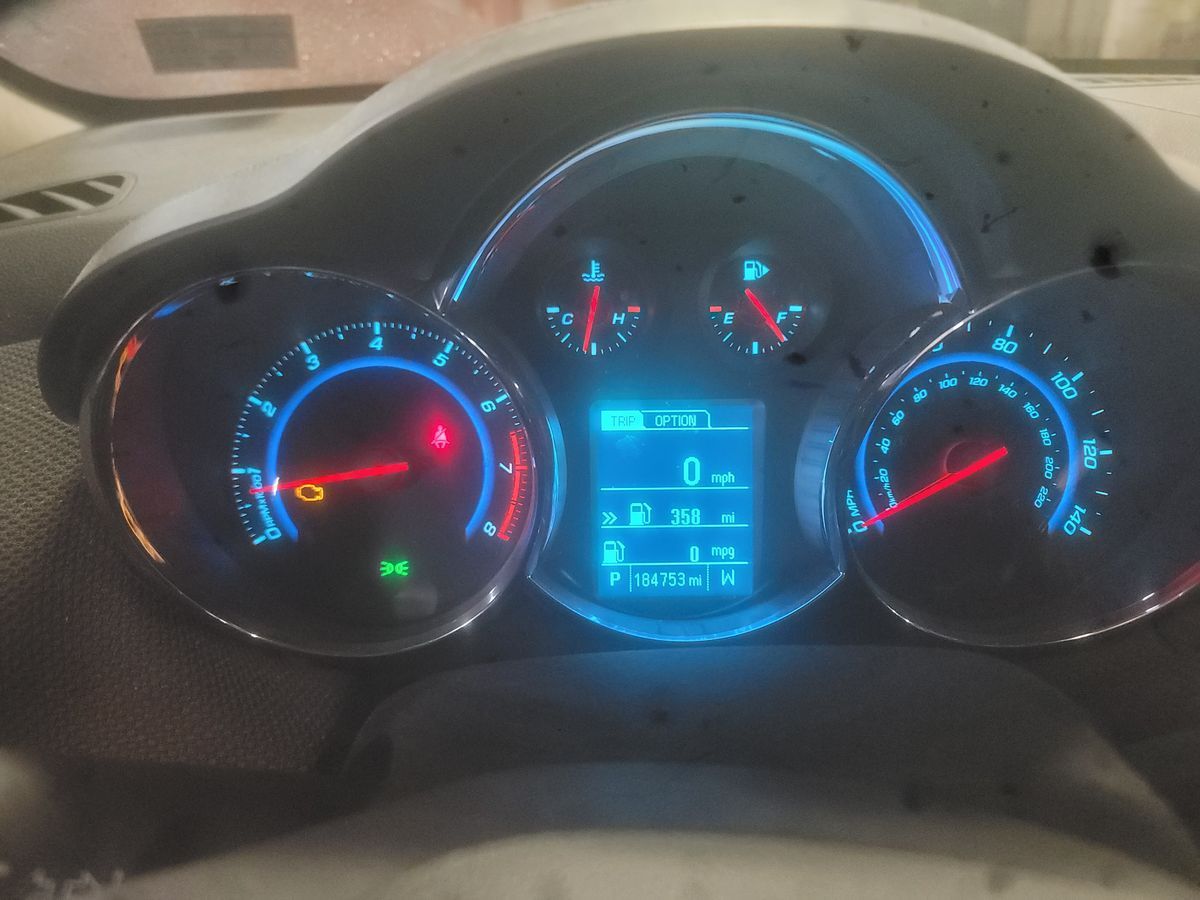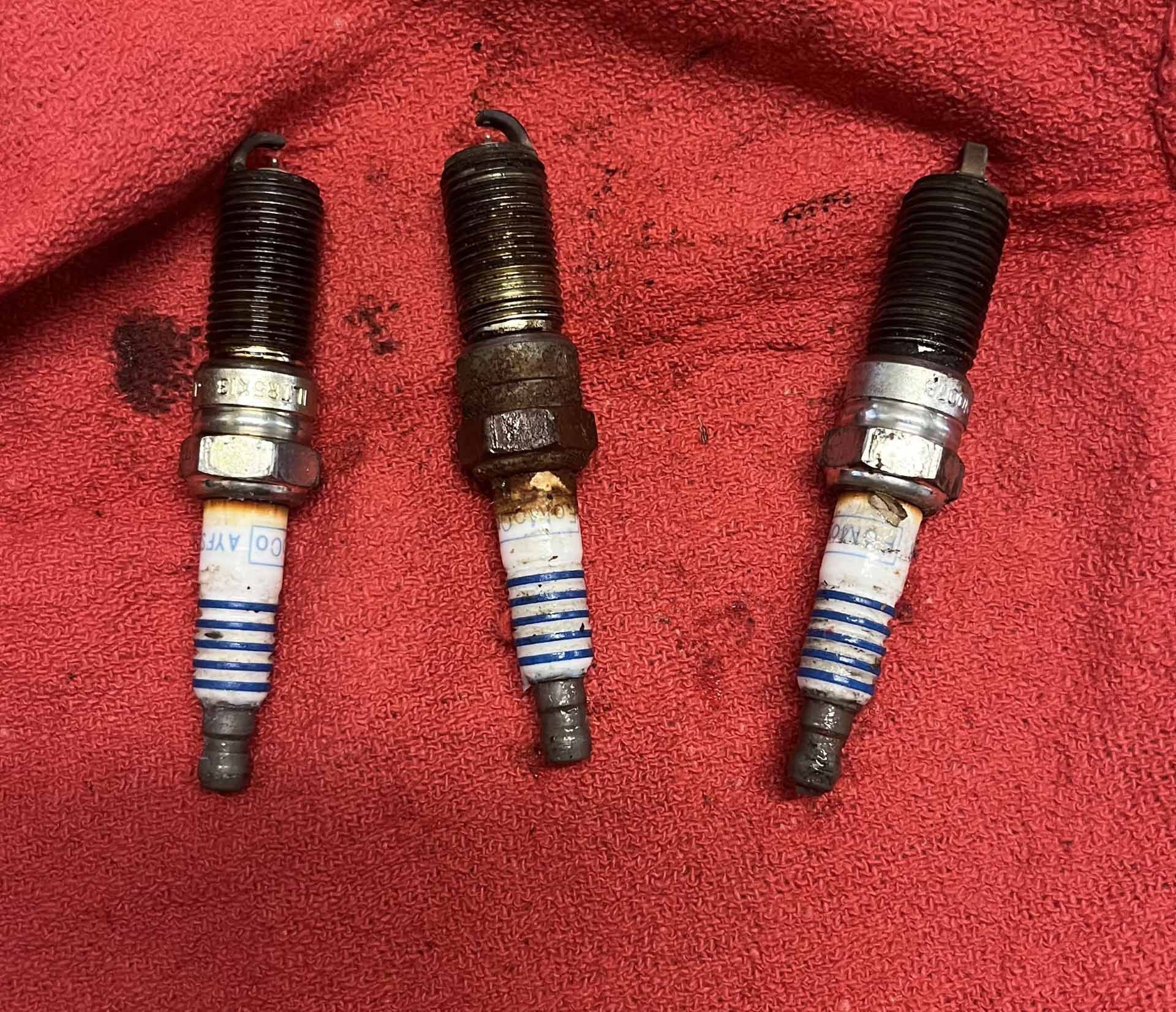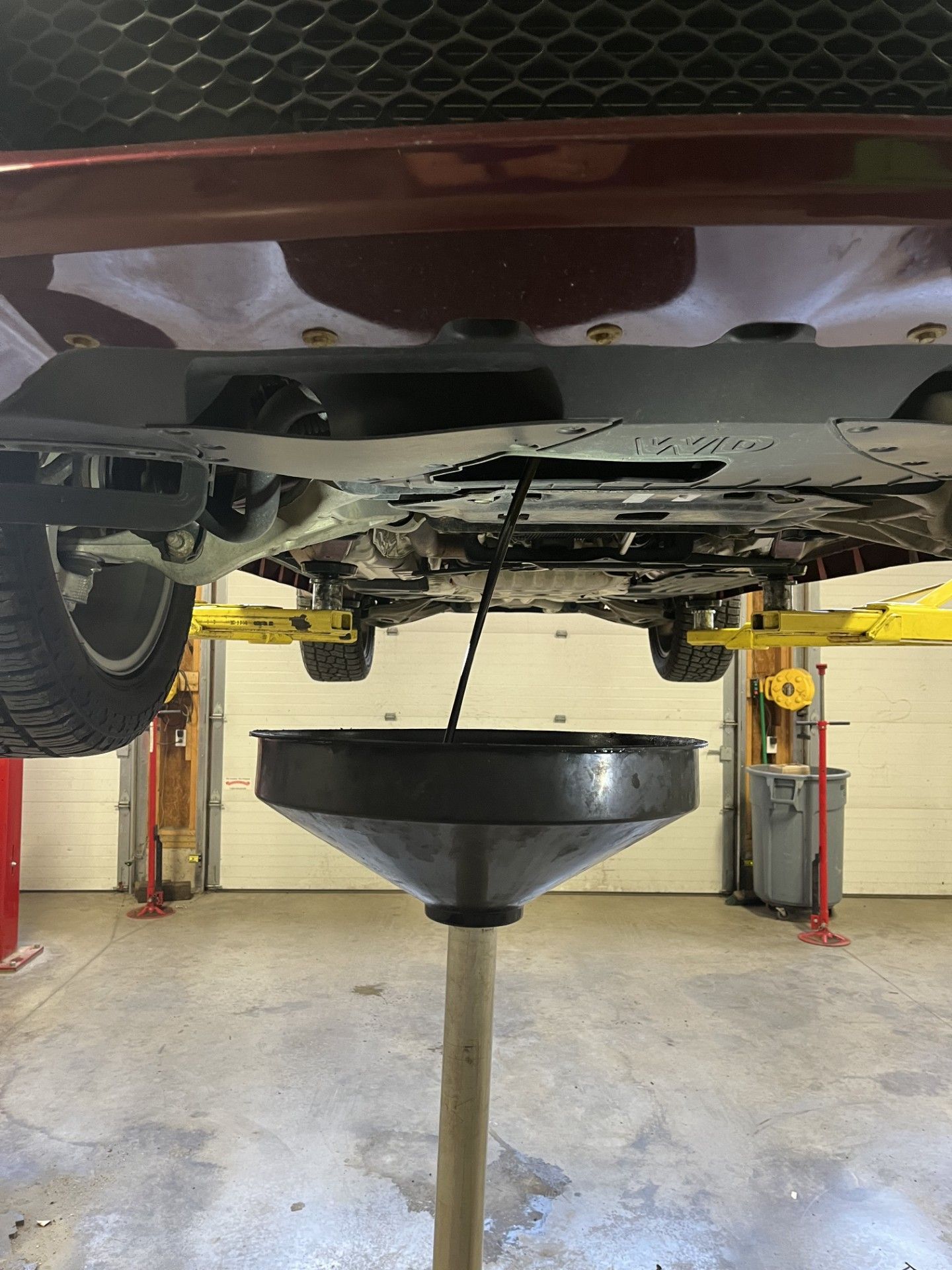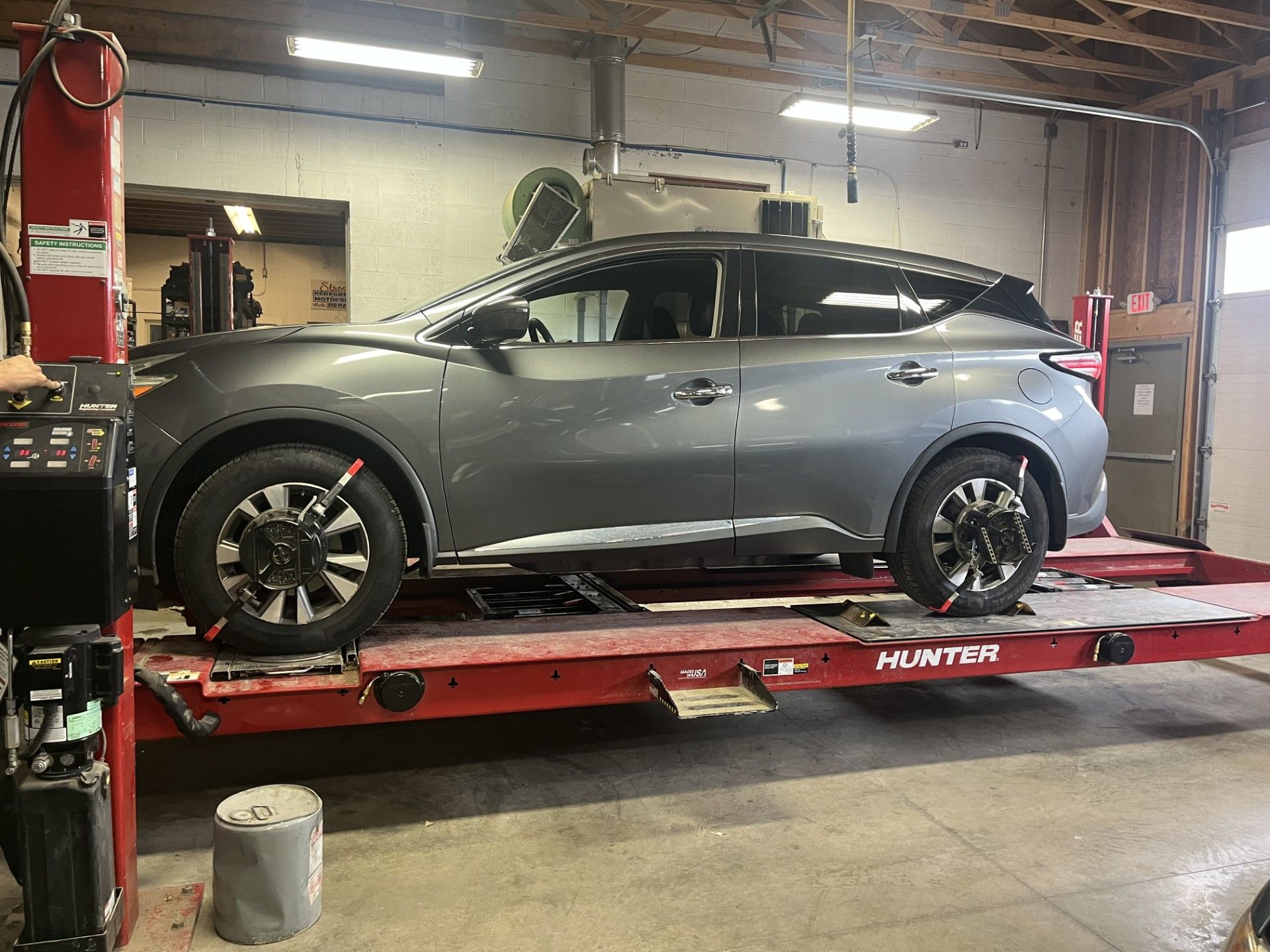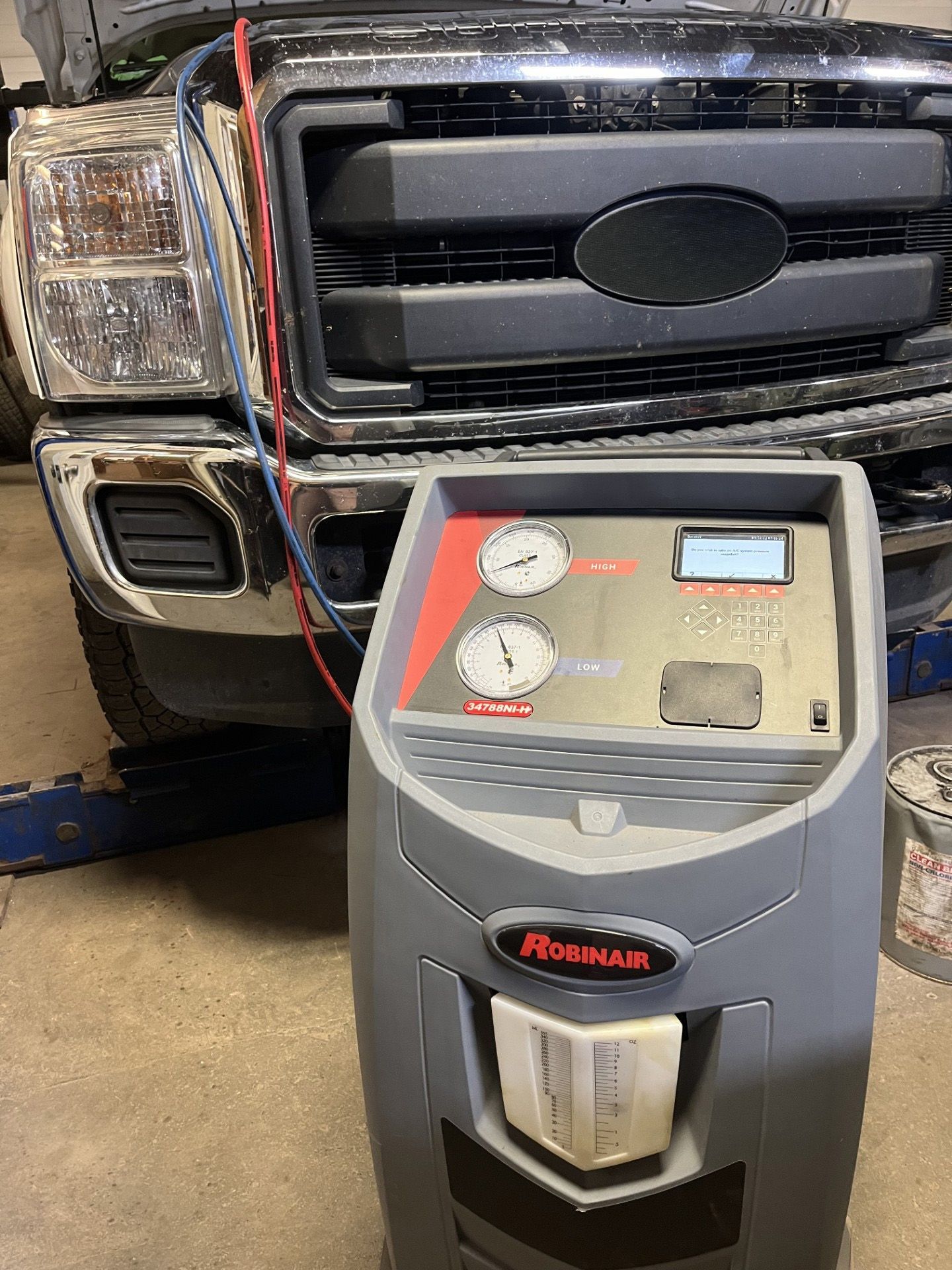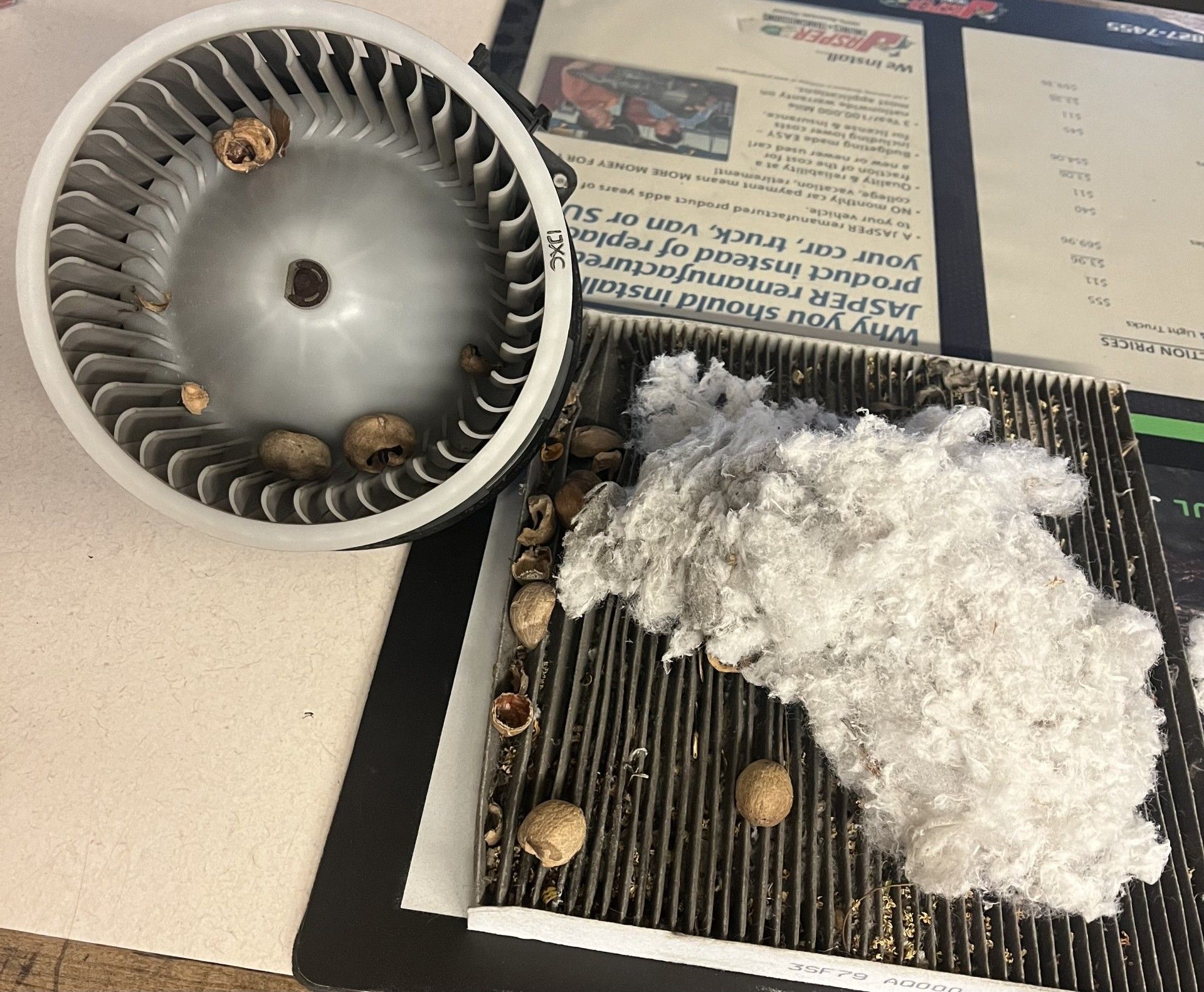What’s the Deal with the Serpentine Belt?
What It Does, Why It Matters, and When to Replace It
Your vehicle's serpentine belt might not get much attention, but it’s one of the hardest-working parts under your hood. If it fails, a lot more than just your engine performance is at risk—it could leave you stranded.
Let’s break down what this belt does, what happens when it wears out, and how to know when it’s time for a replacement.
What Does the Serpentine Belt Do?
The serpentine belt is a long, winding rubber belt that powers several key systems in your vehicle. Depending on your make and model, it can operate:
- The alternator (keeps your battery charged)
- Power steering pump (makes turning the wheel easier)
- Air conditioning compressor (keeps you cool)
- Water pump (in some vehicles, helps prevent engine overheating)
In short, it helps keep your vehicle comfortable, functional, and safe.
What Happens If It Fails?
If the serpentine belt breaks, slips, or comes off:
- Your battery will stop charging
- Your power steering may stop working
- Your engine can overheat
- You may lose A/C function
- You’ll most likely end up calling a tow truck
When Should It Be Replaced?
Serpentine belts are designed to last a long time, but they do wear out.
Typical replacement interval: every 60,000 to 100,000 miles
Signs you may need a new one:
- Squealing or chirping sounds from the engine bay
- Visible cracks, fraying, or glazing on the belt
- Power steering feels heavy or battery light comes on
Even if you don’t notice any symptoms, it's a good idea to have your serpentine belt inspected during regular maintenance—especially as your vehicle starts to rack up mileage.
Leave It to the Pros
At Stroup’s Garage, we inspect serpentine belts as part of routine services. If yours is showing signs of wear, we’ll walk you through your options before it becomes a bigger issue. Replacing it ahead of time can save you from major breakdowns later.
Peace of mind is just one belt away.

